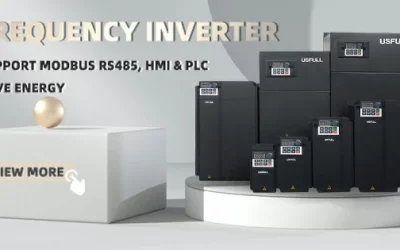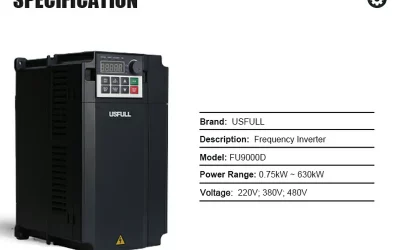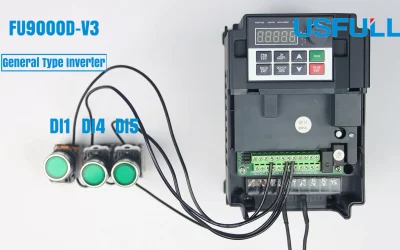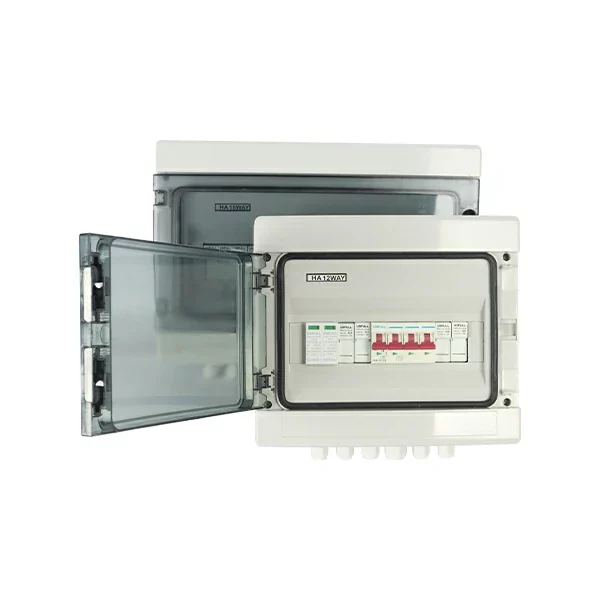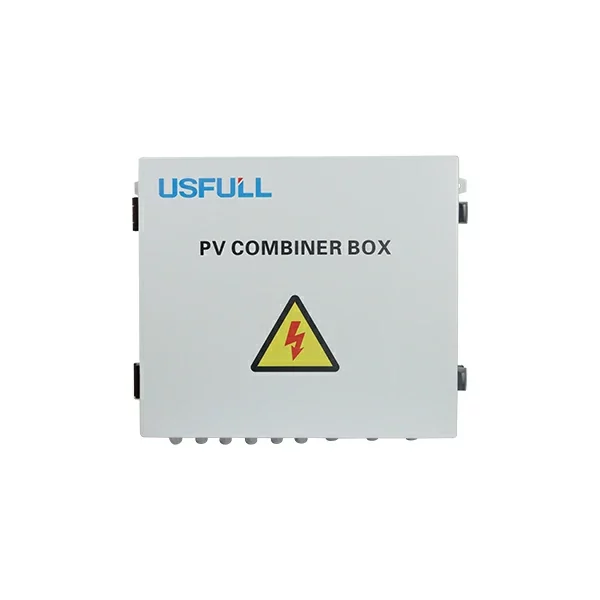In the solar industry, the combiner box is an essential part of a solar project because it contains all the components required for a solar system to work. A combiner box is not usually a single device, but rather it is made up of many different components which can be combined in various ways.
It is used to combine solar modules. The primary purpose of a combiner box in the solar project is to combine the power coming from different solar panels so that they can be sent through one cable to the inverter.
Choosing the best combiner box for a solar project is a challenging task. There are many different types of combiner boxes available in the market, and each one has its own set of pros and cons. So, how do you select the best combiner box for the solar project? Let’s discuss.

Consideration Factors:
We should consider the following factors before making a decision:
The Enclosure of PV Combiner Box:
The most common enclosures of PV combiner boxes are iron water proof box, with spray coated, durable and economic. The thickness of box is also important. They can last for many years without care and maintenance.
Stainless steel enclosures are more costly than iron box, and they are also more durable than iron. The water proof ability is very important for PV combiner box.
Plastic box is low cost choice, while the water proof performance is lower than iron and stainless steel box. Meanwhile, plastic box can not hold anti-reverse diode.

The Number of Panels in the Project:
The higher the number, the more likely you will need a combiner box with larger capacity and higher voltage requirements.
The rated current of panels:
Depending on how much power your solar panels produce, you might need to use a different size of DC fuse and type of combiner box.
Consider the Importance of the Junction Terminal:
Junction terminals are electrical connections used in combiner boxes to link solar cables in the same circuit. Junction blocks make it simple to connect all of the solar input strings into a single set of output cables that can handle larger currents.
Consider the Importance of the Inside Component Quality:
USFULL only use standard PV quality components for combiner box, including DC breaker, DC surge protect device, DC fuse, DC anti-reverse diode and DC cable.
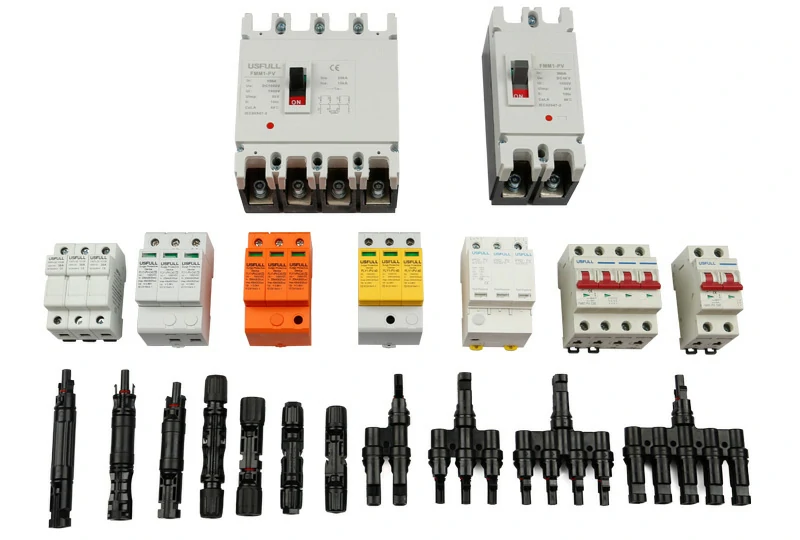
Consider the Importance of the Anti-reverse Diode:
A good anti-reverse system can protect your PV combiner box, protect your solar panel and protect your inverter. Anti-reverse diode can prevent current go reversely back into solar panel. It can also prevent the inverter damage due to wrong connection of positive and negative pole. Therefore we recommend a full size anti-reverse diode.
Selection of MC4 or PG Connector for PV Combiner Box:
PG connector is more flexible to match PV cables, especially when no extra MC4 is available at solar panel side. PG connector type is more welcomed during installation.
MC4 can reduce the procedure during installation, which means less problem rate of man-made troubles.


Real-time Mmonitoring Technology:
Real-time monitoring technology, which enables panel-level and string-level monitoring of current, voltage, and temperature, is available from some companies and can be integrated into the combiner box. Monitoring gives real-time feedback when commissioning the field and the inherent benefits during the life of the installation. Any errors or faults will be identified early on rather than later, preventing more extensive problems down the line.
Functionality:
A combiner box for a solar project should have the following functionalities:
- It should handle large currents from different strings and inverters.
- It should be real PV standard, with full protections, from water proof enclosure to PV standard components.
- It should have a high level of reliability and safety.
- It should be suitable for installing in outdoor situation, protect componets from dust and water.
Installation Process:
Always consider how complex and easy the installation process is?
The installation process of the combiner box for the solar project includes:
- Connecting combiner box with inverter and PV panels;
- Fixing combiner box on the wall;
- Connecting other devices if any.
When it comes to selecting a combiner box for solar projects, there are many factors to consider. The type of electrical load, the types of energy sources, and the project’s location are some of the critical factors that will determine which kind of combiner box is best.

